Vintage teddy bears are more than just childhood toys; they are pieces of history, cherished by collectors worldwide. Understanding how to identify these beloved relics is essential for any serious collector or enthusiast. In this ultimate guide to vintage teddy bear identification, we will explore the key features, tips, and tricks to help you identify and appreciate these charming bears.
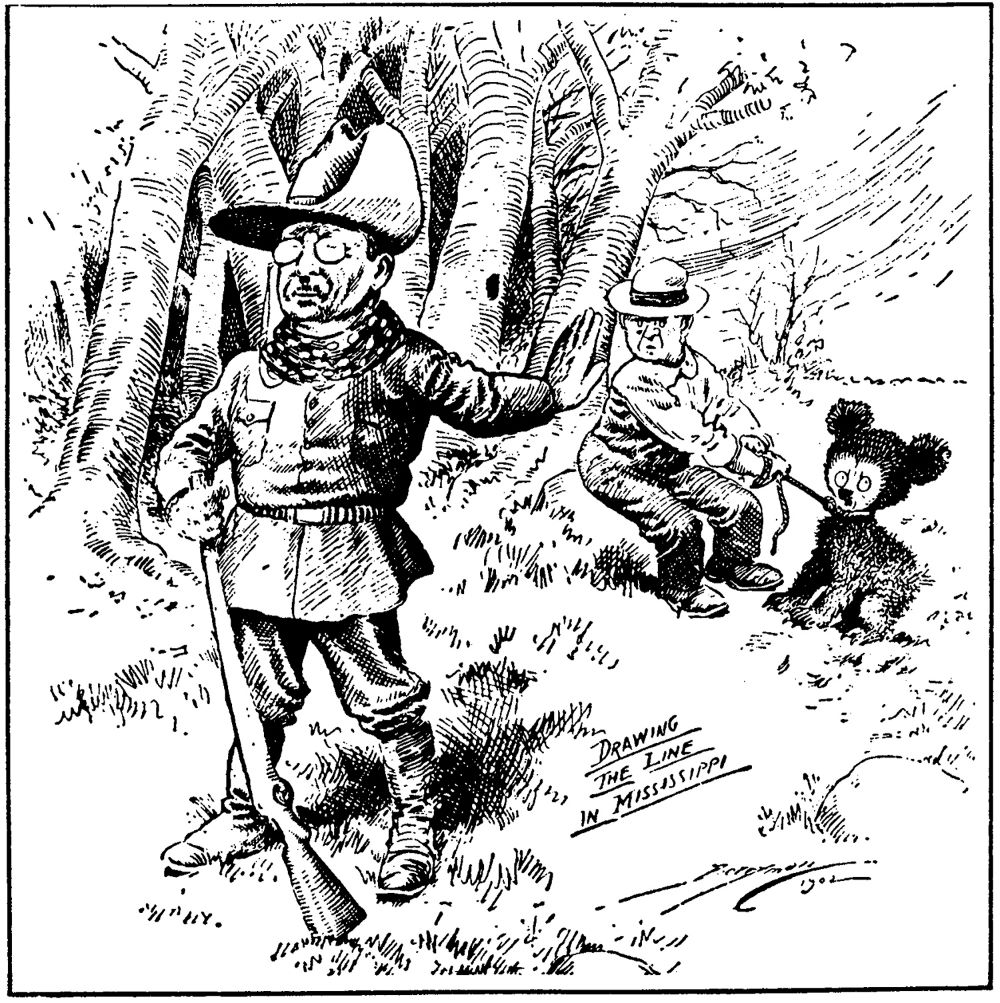
Understanding the History of Teddy Bears
The story of the teddy bear dates back to the early 20th century. It all began in 1902 when President Theodore Roosevelt’s hunting trip inspired a toymaker to create a bear cub toy.
This little bear became an instant hit, and soon after, other manufacturers began producing their versions. Key historical milestones include the founding of iconic brands like Steiff and Merrythought, who set the standard for teddy bear design and quality.
Key Features of Vintage Teddy Bears
Material and Fabric
Understanding the materials and fabrics used in vintage teddy bears is fundamental to identifying their age and origin. Early teddy bears, particularly those from the early 20th century, were primarily made from mohair.
Mohair, derived from the hair of the Angora goat, is prized for its durability, softness, and distinctive sheen. When examining a vintage teddy bear, look for the natural luster of mohair, which tends to be glossy and somewhat silky to the touch.
Mohair fabric typically retains its color well, even after many years, though it may show signs of wear, such as thinning or bald spots, which can further indicate its age.
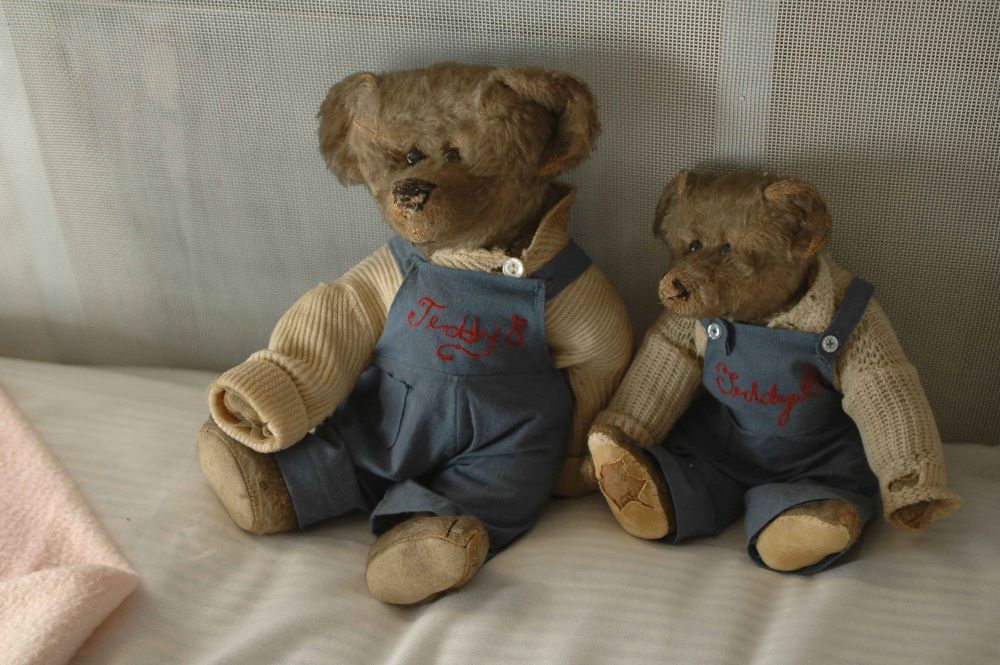
In addition to mohair, wool was also a commonly used fabric, particularly during periods when mohair was less available, such as during wartime. Wool bears tend to have a denser and more matte finish compared to mohair.
By the mid-20th century, synthetic fibers like nylon and acrylic began to replace natural materials, making it easier to date bears made from these newer fabrics to the post-World War II era.
Construction and Design
The construction and design of vintage teddy bears provide significant clues to their provenance. Early bears often featured jointed limbs, allowing for movement at the neck, shoulders, and hips.
This five-way jointing was a hallmark of high-quality teddy bears and is a key feature to look for in vintage specimens. The joints were typically made using metal disks and washers, which are still evident in well-preserved bears.
Another crucial aspect of construction is the stitching. Early teddy bears were hand-stitched, with visible, slightly uneven seams that reflect the craftsmanship of the period.
Over time, as mass production techniques improved, stitching became more uniform and less visible. The way the bear is stuffed also evolved; early bears were often stuffed with excelsior (wood wool) or kapok, giving them a firm and slightly crunchy feel.
Later bears might be stuffed with softer materials like cotton or polyester, making them more huggable but less rigid.
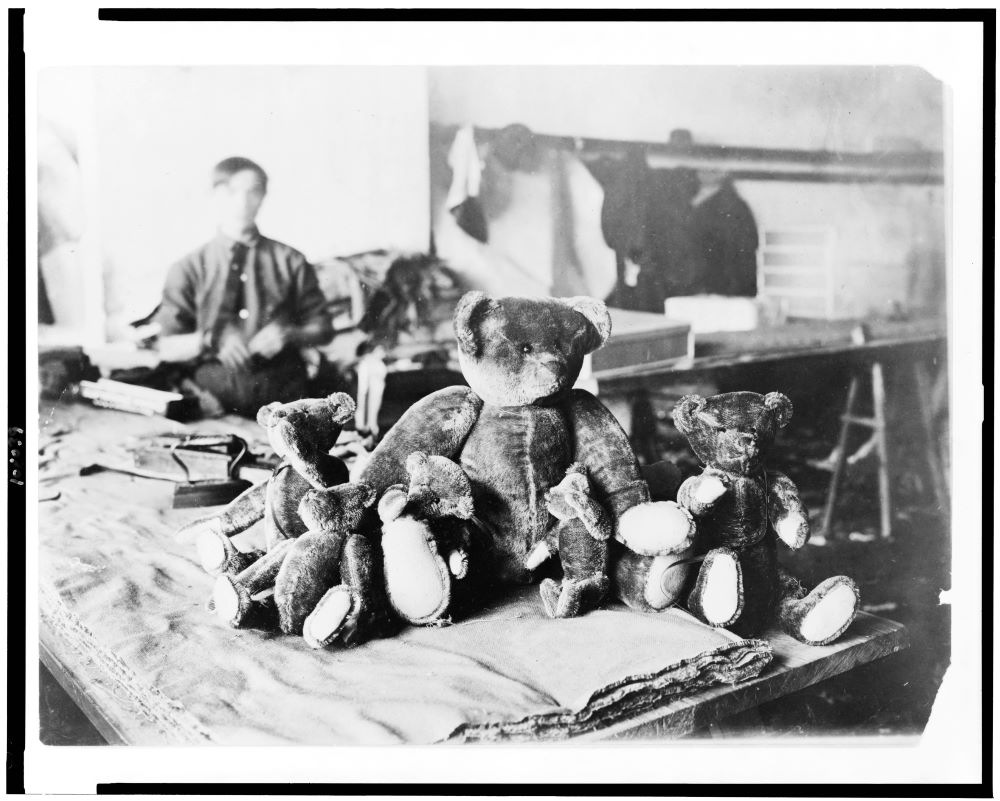
The overall design of the bear can also provide dating clues. Early teddy bears had longer snouts and limbs, giving them a more realistic bear-like appearance.
As designs evolved, bears became more anthropomorphic, with shorter snouts, rounder faces, and stubbier limbs, reflecting a shift towards cuteness and child-friendliness.
Facial Features
Facial features are among the most distinctive aspects of vintage teddy bears and can greatly aid in their identification. Early bears typically featured glass eyes, which were either hand-blown or machine-made.
These eyes often have a slight variation in color and shape, adding to the unique character of each bear. Glass eyes were commonly used until the mid-20th century when safety concerns led to the adoption of plastic eyes for newer bears.
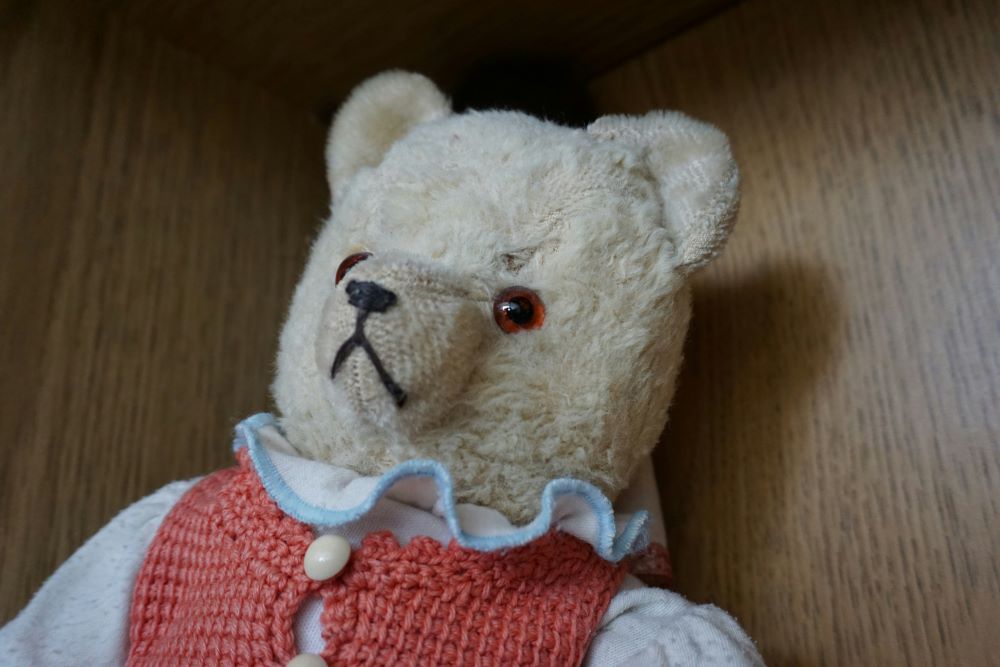
The nose and mouth of a teddy bear are also telling features. Vintage bears often had noses that were either stitched with thread or made from molded fabric. The stitching patterns can vary widely, with some noses being simple horizontal stitches and others featuring more complex designs.
The mouth was usually stitched in a similar manner, and the expression given to the bear can range from happy to neutral, depending on the era and manufacturer.
Marks and Labels
Identifying marks and labels is critical for authenticating and dating vintage teddy bears. Many early teddy bears from renowned manufacturers such as Steiff and Merrythought included distinct labels and tags.
Steiff bears, for example, are famous for their “button in ear,” a small metal button that often features the Steiff logo and can include a serial number. This button, along with a fabric ear tag, can provide precise information about the bear’s age and model.
Other manufacturers had their own unique tags and labels, often sewn into the bear’s body or attached with a string. These labels can include the manufacturer’s name, logo, and sometimes the year of production. Familiarizing yourself with these labels and their variations is essential for accurate identification.
By paying close attention to the materials, construction, design, and facial features of vintage teddy bears, as well as their identifying marks and labels, you can gain valuable insights into their history and authenticity.
These features, when examined collectively, provide a comprehensive picture that can help distinguish a true vintage teddy bear from modern reproductions or lesser-known brands. With practice and careful observation, you’ll become adept at identifying and appreciating these charming and historical toys.
Teddy Bear FAQ
1. What is mohair, and why is it important in vintage teddy bears?
Mohair is a natural fiber made from the hair of the Angora goat. It was the most commonly used fabric in early 20th-century teddy bears. Its soft texture and shiny appearance are key signs of authenticity.
2. How can I tell if a bear is stuffed with wood wool or kapok?
Gently squeeze the bear. If it feels firm and slightly crunchy, it’s likely stuffed with excelsior (wood wool). Kapok is softer but still gives a springy texture. Polyester stuffing feels much softer and often indicates a newer bear.
3. What does “five-way jointed” mean?
It means the bear has joints at the head, arms, and legs, allowing movement in all five places. This was common in high-quality early teddy bears and is a strong indicator of vintage construction.
4. How do I identify the manufacturer of a vintage teddy bear?
Check for labels or tags. For example:
- Steiff: Look for the iconic “button in ear” with a fabric tag.
- Merrythought: A cloth label sewn into the paw or side.
- Chad Valley: Fabric or metal labels reading “Chad Valley Hygienic Toys”.
- Hermann and Dean’s: Cloth labels sewn into the body with clear logos.
5. Are glass eyes better than plastic?
Yes, for dating purposes. Early bears typically had glass eyes, often slightly mismatched or hand-blown. Plastic eyes became more common after the 1950s and are usually found on newer bears or toys made with safety standards in mind.
6. Do facial features really help identify a teddy bear?
Absolutely. The nose stitching, the type of mouth embroidery, and the placement of the eyes can all indicate the era and sometimes even the specific manufacturer.
7. Can the shape of the bear tell me anything?
Yes! Early bears often had long arms, elongated snouts, and a more realistic bear shape. As time went on, bears became rounder, cuter, and more childlike—especially post-WWII.
Identifying Marks and Labels
Identifying marks and labels are crucial elements in vintage teddy bear identification. These markers provide essential information about the bear’s origin, manufacturer, and sometimes even the production year.
Collectors and enthusiasts rely on these clues to authenticate and date their precious bears. This guide will delve into the different types of identifying marks and labels, their significance, and how to interpret them.
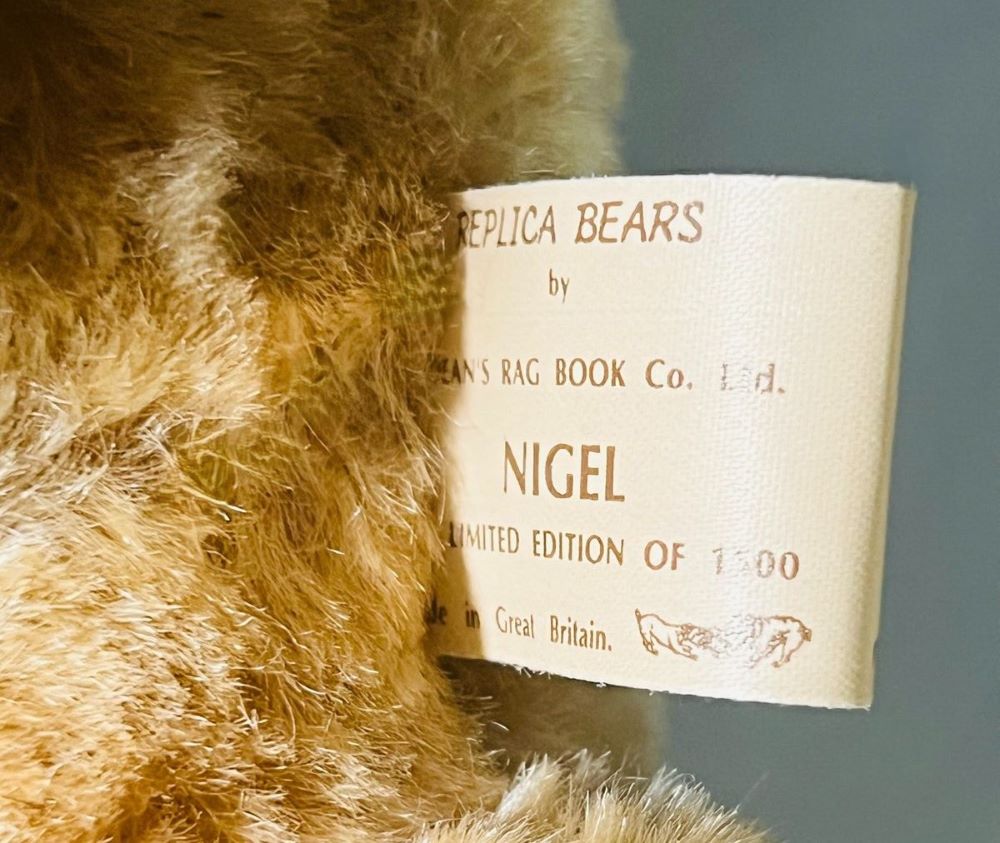
Importance of Manufacturer Tags and Labels
Manufacturer tags and labels are often the most direct indicators of a teddy bear’s origin and authenticity. Renowned teddy bear makers, such as Steiff, Merrythought, and Chad Valley, included distinct tags and labels on their bears, which have become iconic in their own right. These tags not only help in identifying the manufacturer but also serve as a guarantee of quality and craftsmanship.
Steiff, for instance, is one of the most famous teddy bear manufacturers, and their bears can be easily identified by the “button in ear” trademark. This small metal button is usually placed in the bear’s left ear and often includes the Steiff logo and, in some cases, a serial number.
Steiff introduced this feature in 1904, and it has been a hallmark of authenticity ever since. The button, coupled with a yellow or white fabric ear tag, can provide specific information about the bear’s age and model.
Merrythought, another prestigious teddy bear manufacturer, uses a cloth label sewn into the bear’s foot or side. These labels often feature the company’s name, logo, and sometimes the words “Made in England.” The design and color of the label can also help date the bear, as Merrythought has used different labels throughout its history.
Common Vintage Teddy Bear Labels and Their Characteristics
Steiff Bears
Steiff bears are synonymous with quality and craftsmanship. The “button in ear” feature is a primary identifier. Early Steiff buttons were made of nickel or brass and featured the word “Steiff” along with an elephant symbol. Later buttons included a variety of designs, some even incorporating the famous Steiff bear head logo.
The fabric ear tags are also significant. Yellow tags indicate bears intended for general sale, while white tags are typically found on limited edition or special bears.
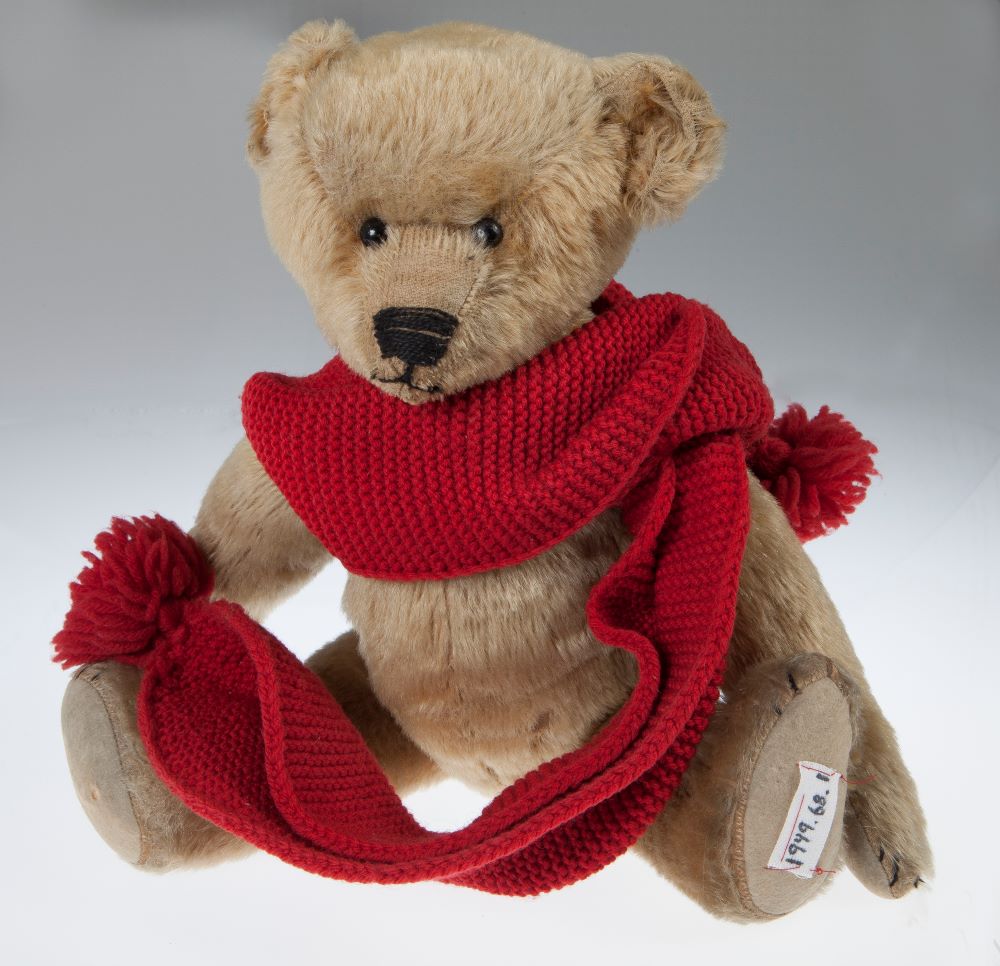
Merrythought Bears
Merrythought bears are known for their distinctive labels sewn into their paws or bodies. Early labels were made from silk or cotton and featured the Merrythought name and logo. These labels have evolved over the years, with different colors and styles being introduced.
For example, pre-1950s bears often have a simple, plain label, while later bears might feature more detailed logos and additional information about the bear’s production.
Chad Valley Bears
Chad Valley bears, another popular vintage brand, often have a metal button or a fabric label. The metal buttons typically feature the words “Chad Valley Hygienic Toys.” Fabric labels usually include the company’s name and the phrase “Made in England.” These labels help confirm the authenticity of Chad Valley bears and can aid in dating them accurately.
Ideal Novelty and Toy Company Bears
Ideal bears, made by the Ideal Novelty and Toy Company, often have a sewn-in label featuring the company name and logo. These labels, usually found on the bear’s back or foot, can include the words “Ideal” and “Made in U.S.A.” Ideal bears are particularly known for their high-quality construction and were popular in the mid-20th century.
Hermann Bears
Hermann bears, produced by the Hermann Teddy Original company in Germany, have distinctive labels sewn into the bear’s body. These labels often include the Hermann logo, the words “Made in Germany,” and sometimes the production year. Hermann bears are noted for their traditional German craftsmanship and high-quality materials.
Dean’s Rag Book Company Bears
Dean’s Rag Book Company, one of the oldest teddy bear manufacturers in the UK, used a variety of labels over the years. Early bears often have a printed cloth label sewn into the bear’s side or foot. These labels typically feature the company’s name and the phrase “Made in England.” Dean’s bears are renowned for their charming designs and durable construction.
Schuco Bears
Schuco bears, made by the German company Schuco, are known for their innovative designs and mechanical features. Schuco labels are usually sewn into the bear’s body and feature the company name and logo. These labels can help date the bear and confirm its authenticity. Schuco bears are particularly sought after by collectors for their unique features and quality craftsmanship.
How to Read and Interpret Tags
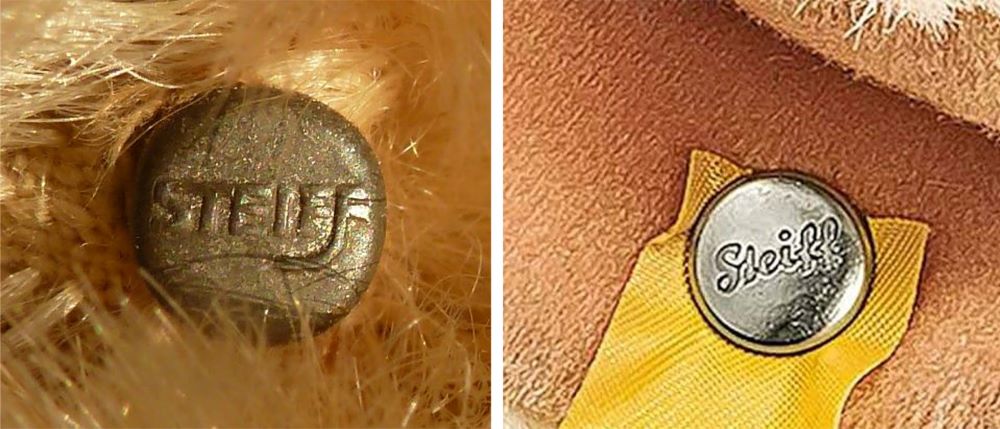
Reading and interpreting tags is an essential skill for any vintage teddy bear collector. Start by examining the material and condition of the tag. Older tags might show signs of wear, fading, or fraying, which can indicate the bear’s age. Look for specific text, logos, or symbols that are unique to the manufacturer.
For example, the presence of a Steiff button in the ear, coupled with a yellow tag, suggests a bear made for general sale. In contrast, a white tag indicates a limited edition.
Understanding the variations in tags over time is also crucial. Manufacturers often updated their tags, adding new logos, changing colors, or introducing new designs. Familiarizing yourself with these changes can help you accurately date a bear.
For instance, Steiff’s early buttons featured the word “Steiff” in all caps, while later buttons included a stylized “S” and more intricate designs.
In Part 2, we uncovered tips and tricks for spotting fake or reproduction vintage teddy bears. Can you distinguish between an authentic treasure and a convincing copy? Find out now!
In Part 3, we dive into identifying antique teddy bears with detailed case studies and provide essential tips on proper storage and care. Ready to uncover the unique features and historical contexts that authenticate these cherished collectibles? Let’s explore!
Get Free Patterns & Be the First to Know!
Want free teddy bear patterns, exclusive tutorials, and a chance to win craft supplies?
Sign up for our newsletter using the subscribe form in the middle of this article to receive new patterns, insider tips, and the latest news on teddy bear art. You’ll also automatically be entered into our annual giveaway for a chance to win teddy bear crafting materials.
Bonus entry: Save one of our pins on Pinterest to increase your chances of winning!
Let’s create, inspire, and craft beautiful teddy bears together!

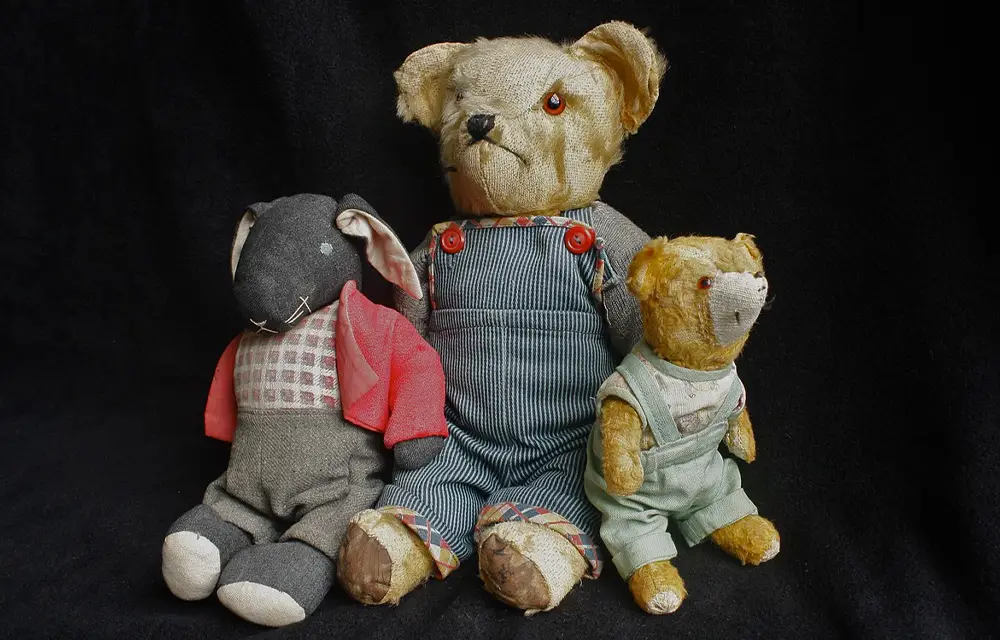
Wow, this article is amazing! Especially for true aficionados of teddy bears. I heard that many people of the British Royal Family had a thing for teddy bears, but I always thought that it was a little crazy. Now I get that they are true collection objetcts that have value. What’s your favorite brand of true teddy bear craftsmanship? Thanks again for informing us about these beautiful collectibles!
I am waiting for the second part of the article.
Thank you so much for your kind words! I’m thrilled that you enjoyed the article. Teddy bears do have a special place in many hearts, and it’s fascinating to know that even the British Royal Family has a soft spot for them. They truly are valuable collectibles with rich histories.
As for my favorite brand of true teddy bear craftsmanship, I have a deep appreciation for Steiff bears. They are renowned for their quality and have been around since the late 19th century, creating some of the most exquisite and collectible teddy bears.
Stay tuned for the second part of the article! I’m excited to share more insights with fellow teddy bear aficionados like yourself. Thanks again for your lovely comment!
These bears are aawsome. I have only ever seen them once before a long time ago they take me away back. the blog and website are fantastic. Lots of awesome info on the tips . you did a great job explaining the history on the bears they are a very rare finds. your page is very help full for what to look for but I do have a few questions as I collect disney stuff and have a few bears that are worth a few buck by now.
so question 1
where would one find a good market for dealing these kinds of bears to get top value ?
question 2
if a collector had a bear but it was woren down a far bit would the age of the bear hold it value?
Thank you so much for your lovely comment! I’m thrilled to hear that my blog brings back fond memories for you and that you find the information helpful. It’s wonderful to connect with fellow collectors and enthusiasts. Now, let’s dive into your questions:
Question 1: Where would one find a good market for dealing these kinds of bears to get top value?
When it comes to selling vintage teddy bears, there are a few avenues you can explore to get top value. Online auction sites like eBay are popular for selling collectible items. You can reach a global audience, and auctions can drive up the price if there’s a lot of interest. Specialized collectors’ websites like Ruby Lane and Etsy have sections specifically for vintage and collectible items. These platforms attract serious collectors. Attending collector fairs and conventions, like teddy bear fairs or antique shows, can help you connect with dedicated collectors who are willing to pay a premium for rare finds. There are many social media groups on platforms like Facebook dedicated to teddy bear collectors. These communities can be a great place to sell directly to other enthusiasts.
Question 2: If a collector had a bear but it was worn down a fair bit, would the age of the bear hold its value?
The condition of a teddy bear is a significant factor in determining its value, but age also plays an important role. If the bear is particularly rare, it can still hold substantial value even if it shows signs of wear. Bears with a well-documented history or that were made by notable makers (like Steiff) often retain value despite wear. Bears in better condition will usually fetch higher prices. However, some collectors appreciate the charm and authenticity of a well-loved bear. Some collectors prefer original conditions, while others are open to restored bears. Professional restoration can sometimes increase the value.
Ultimately, it’s a balance between age, rarity, condition, and the specific desires of potential buyers.
I hope this helps! Feel free to ask more questions or share more about your Disney bear collection—I’d love to hear about it! Happy collecting! ?